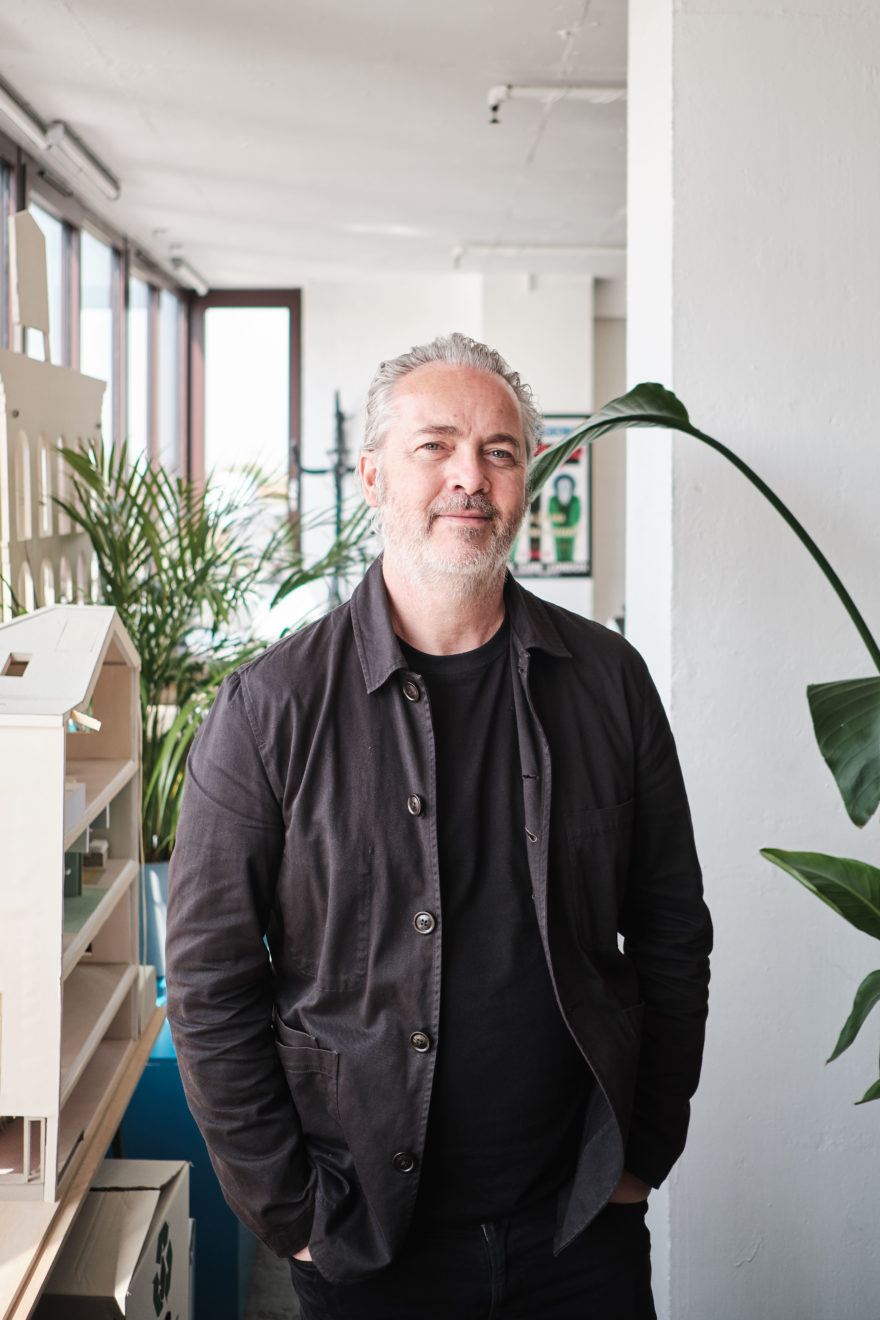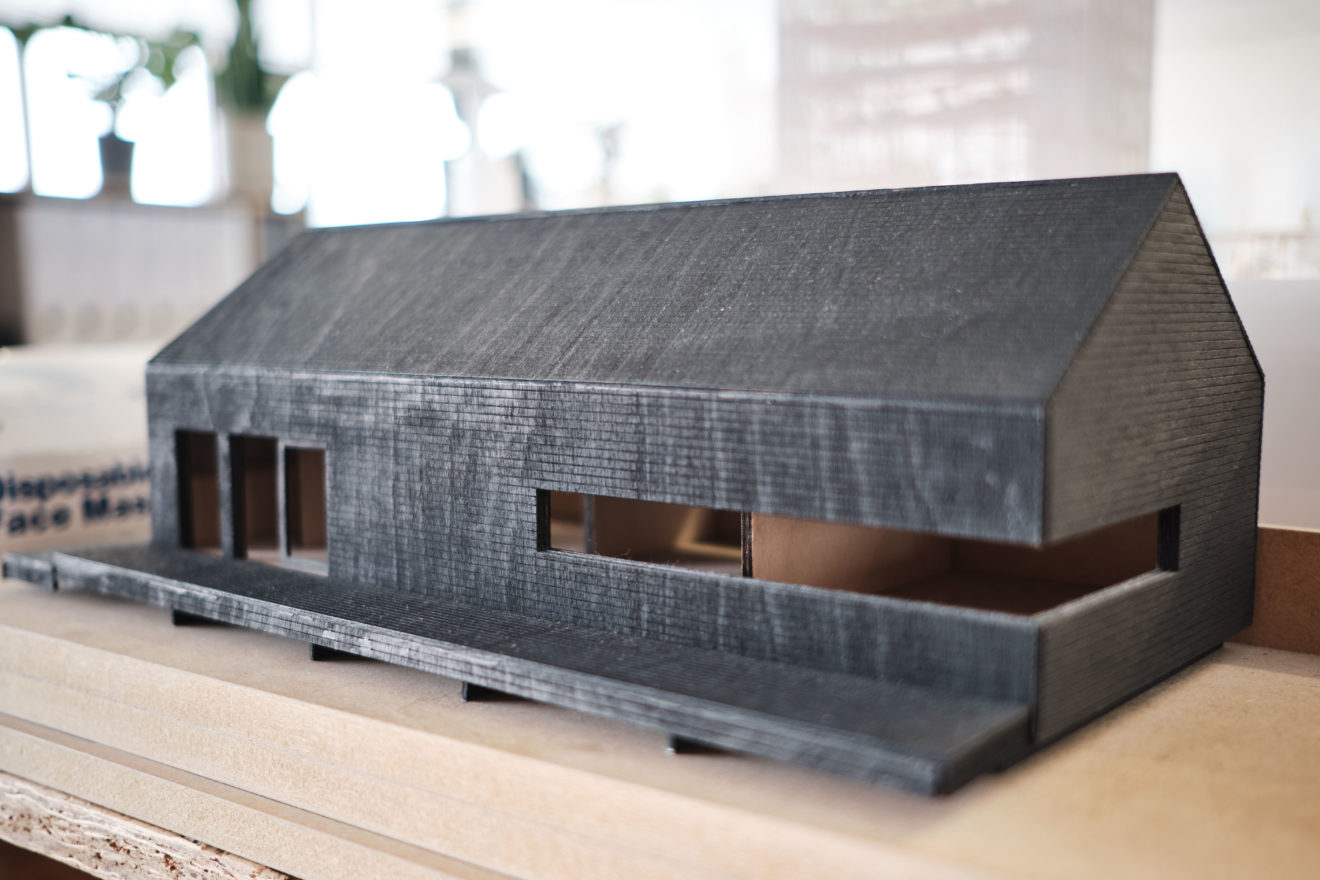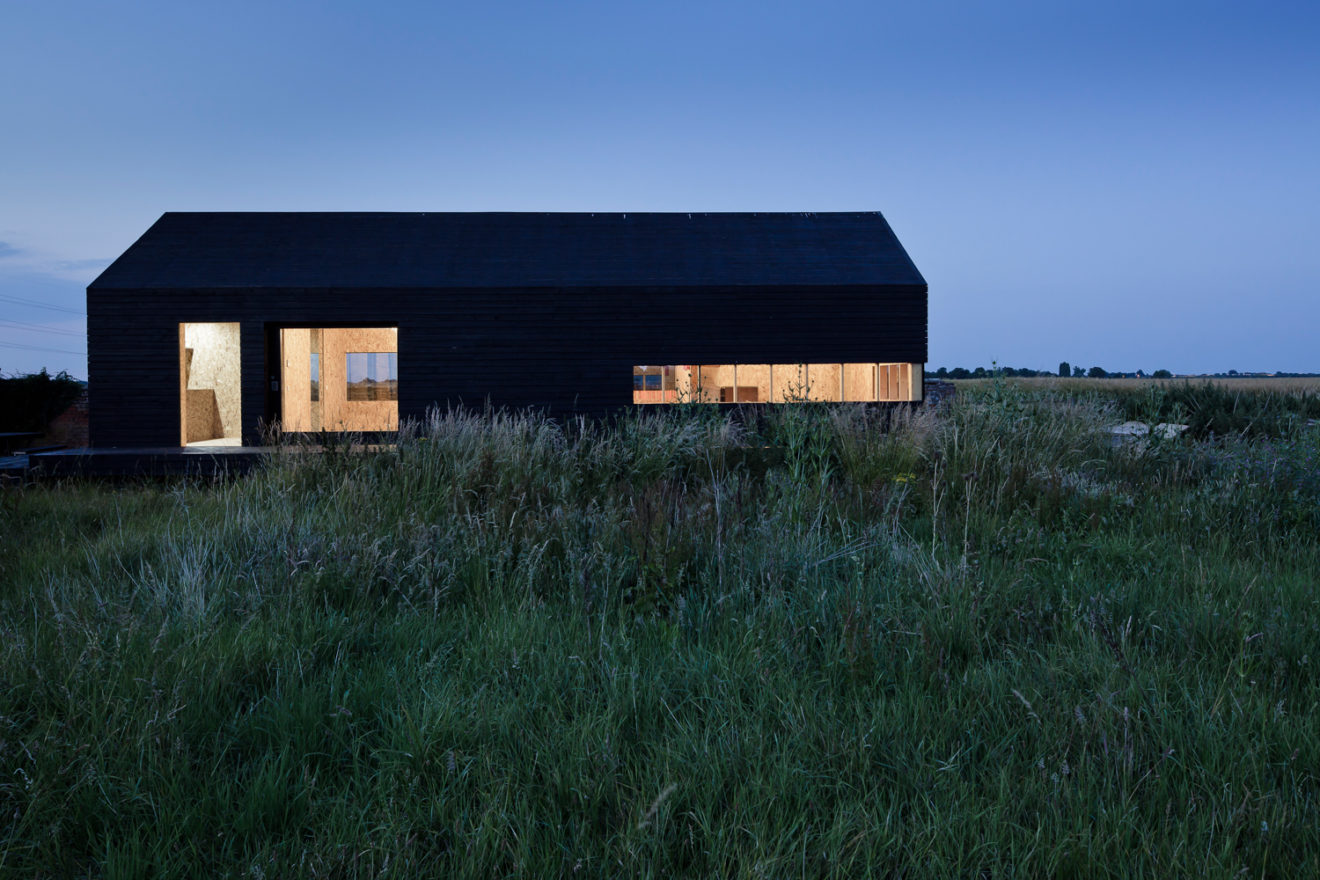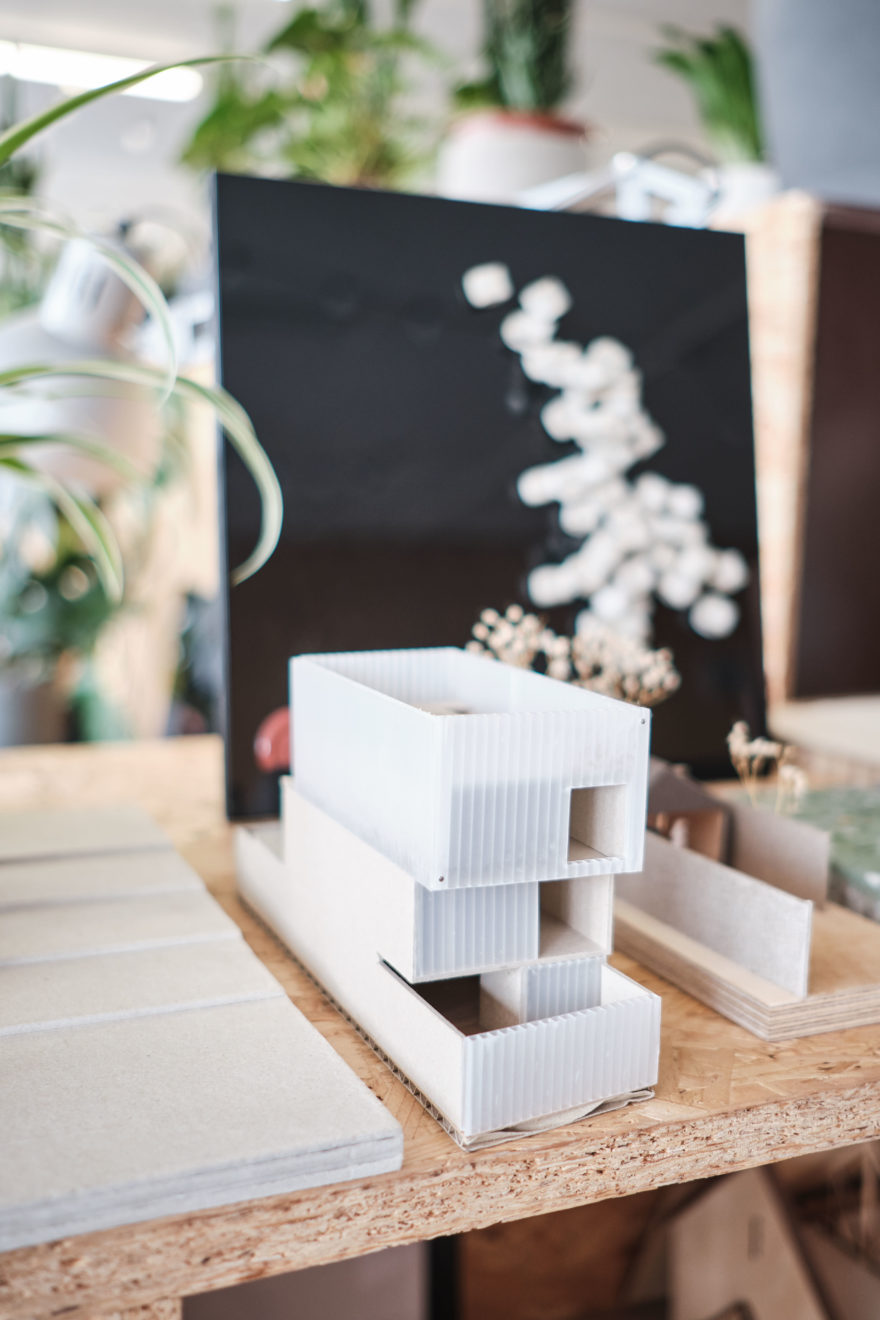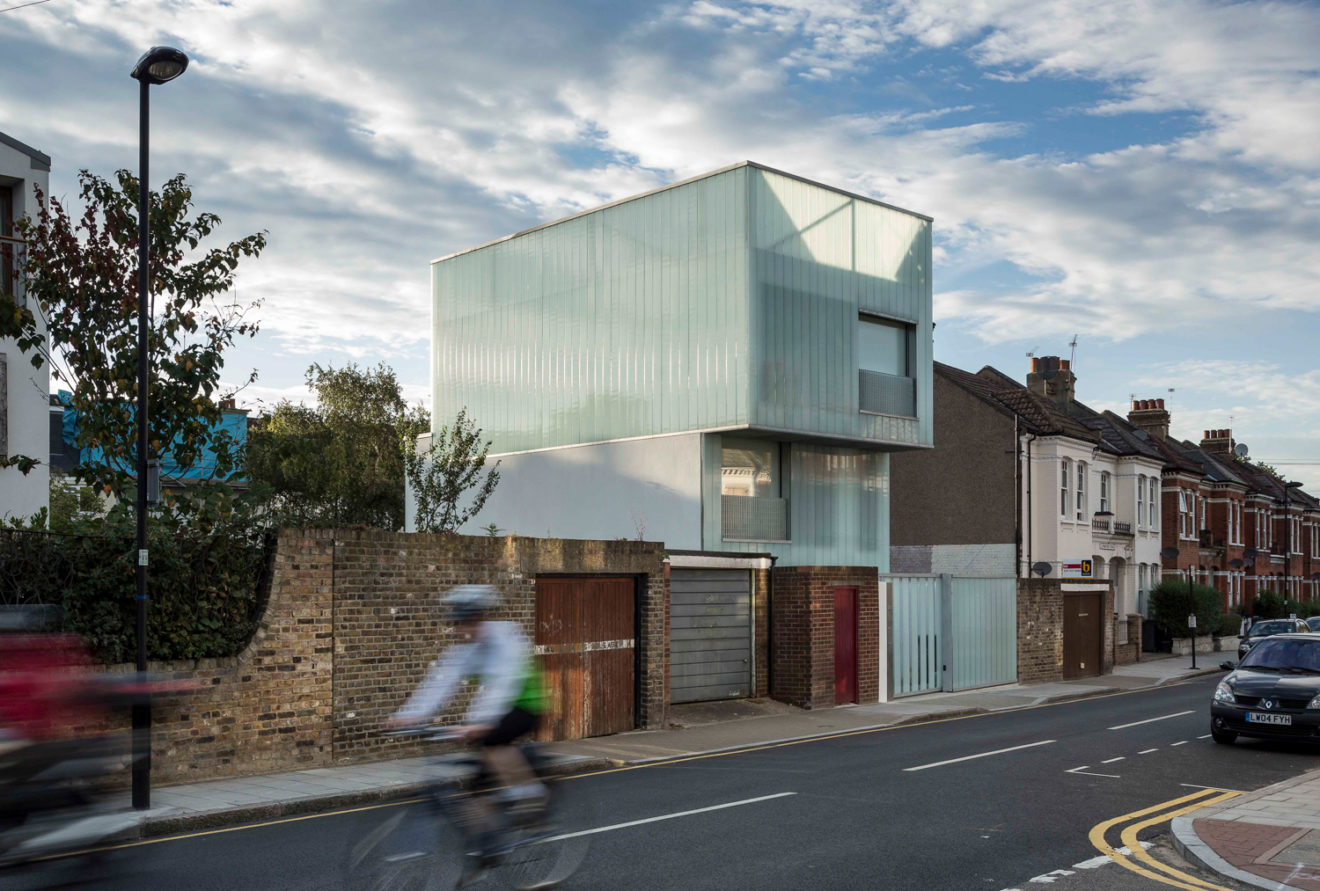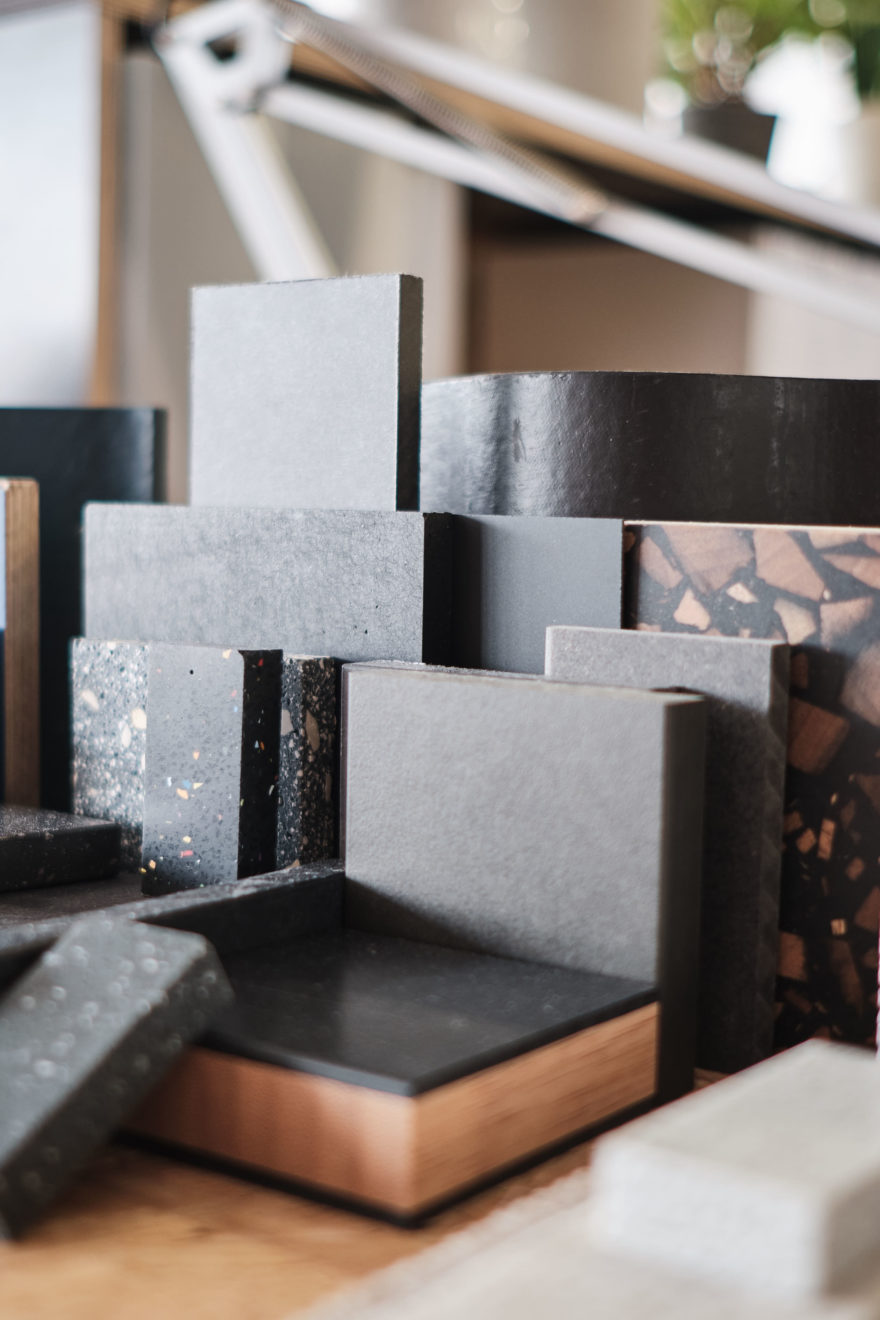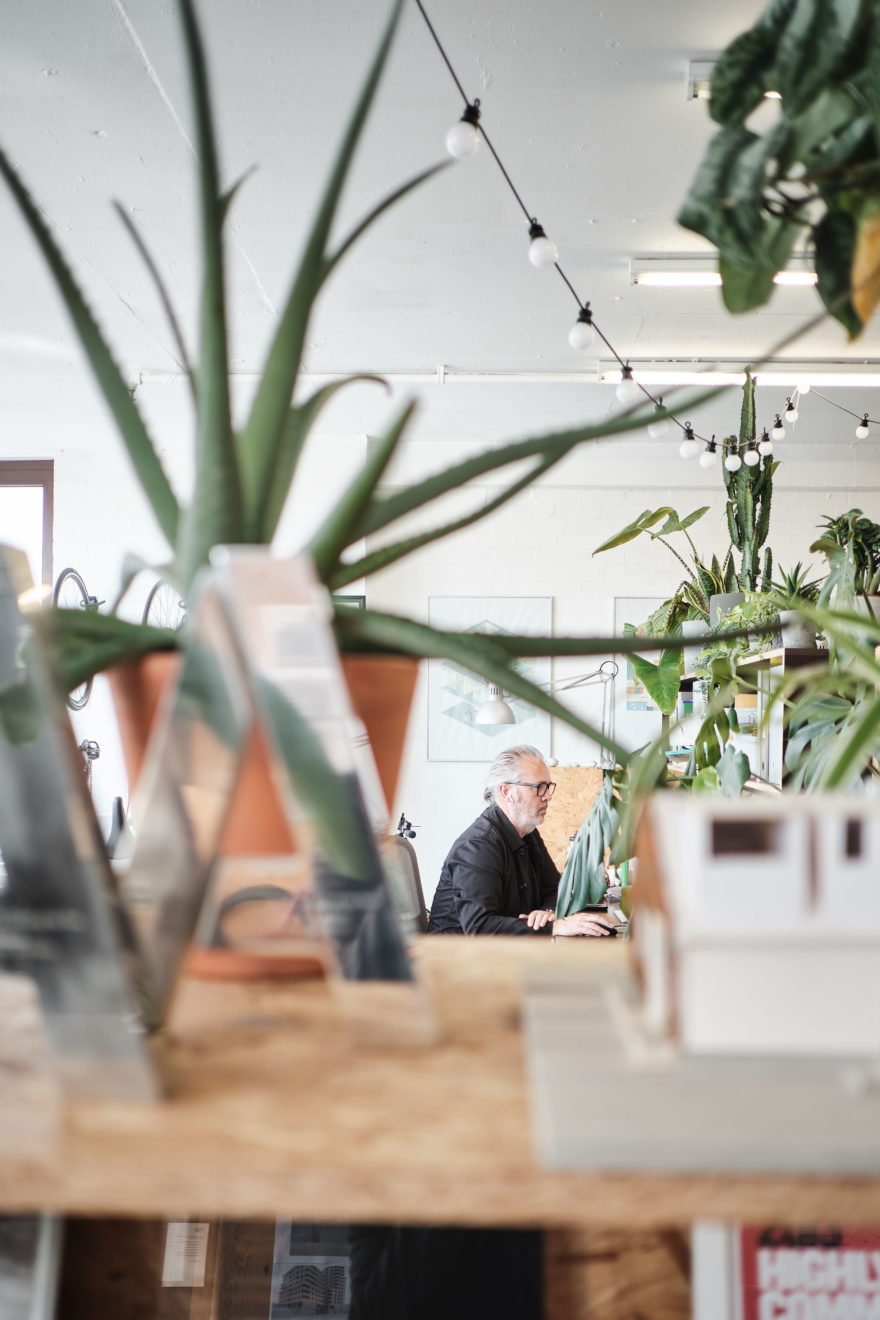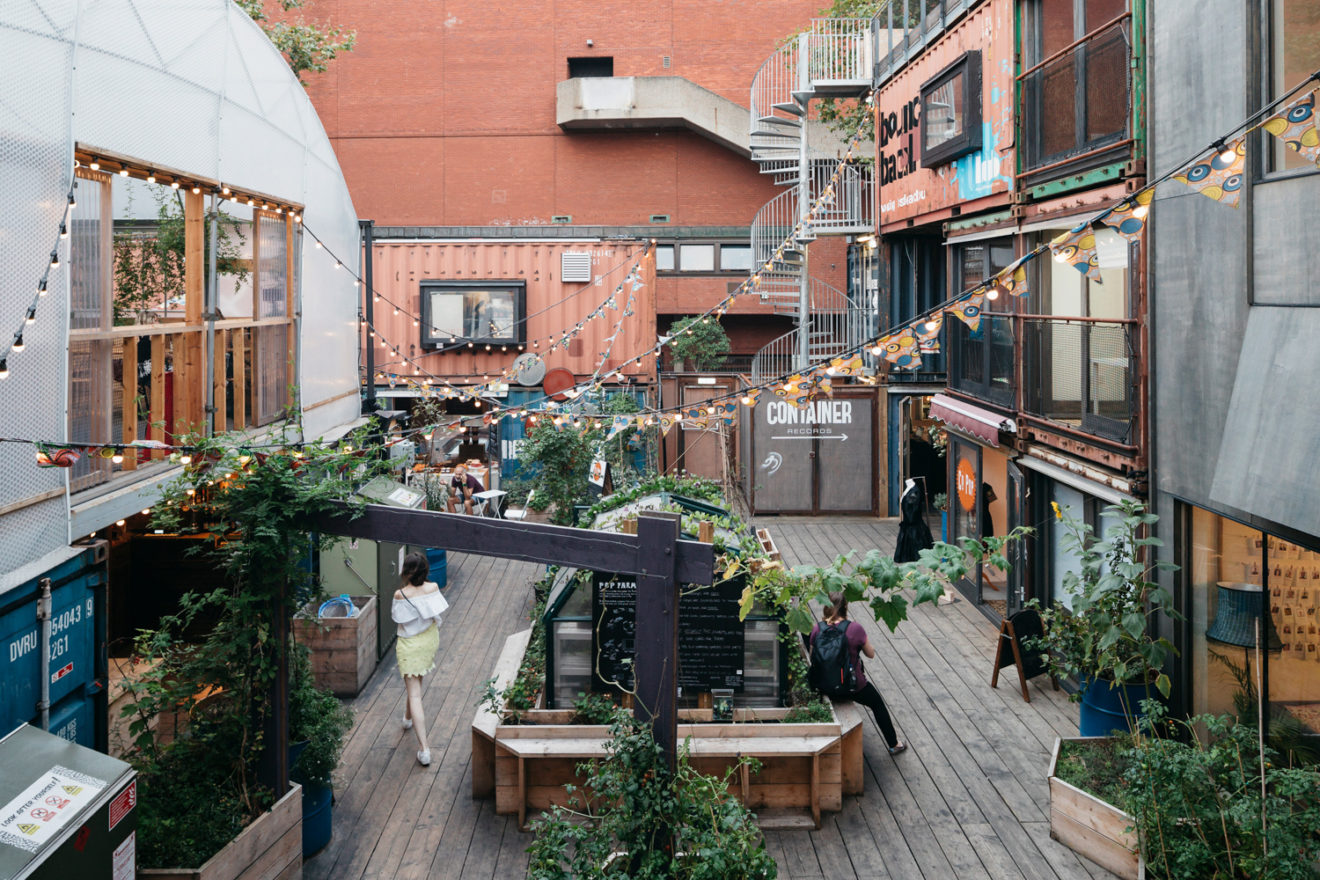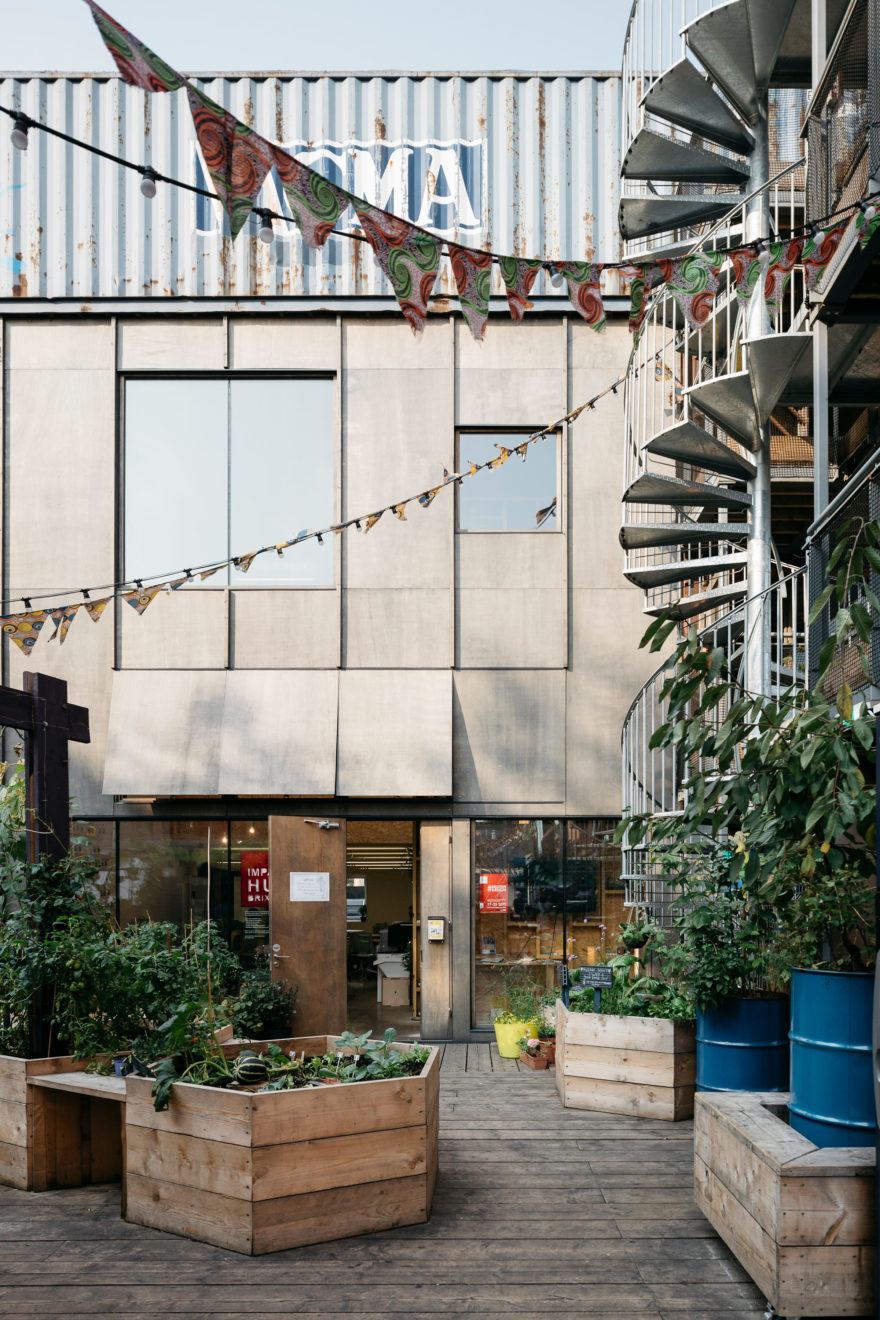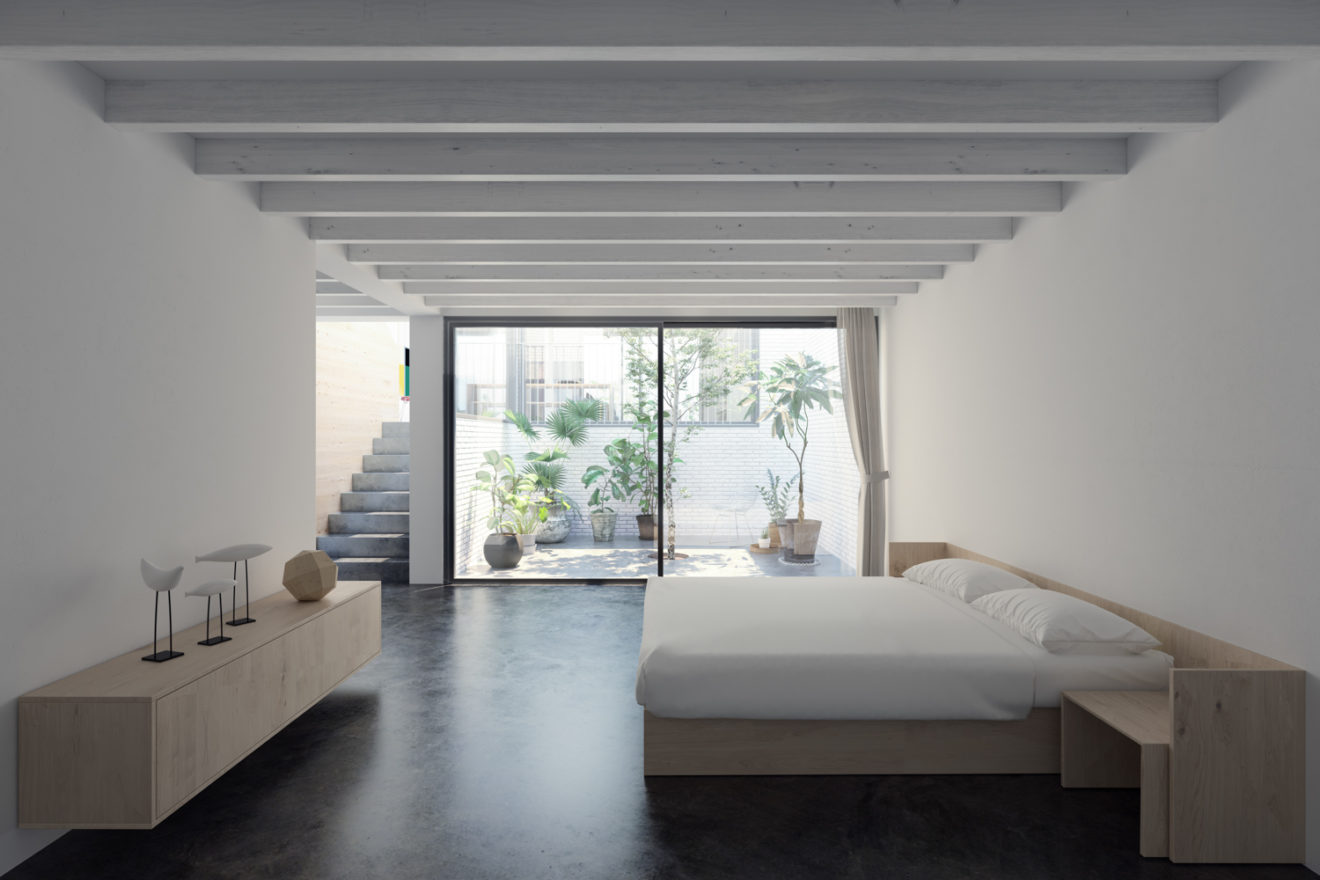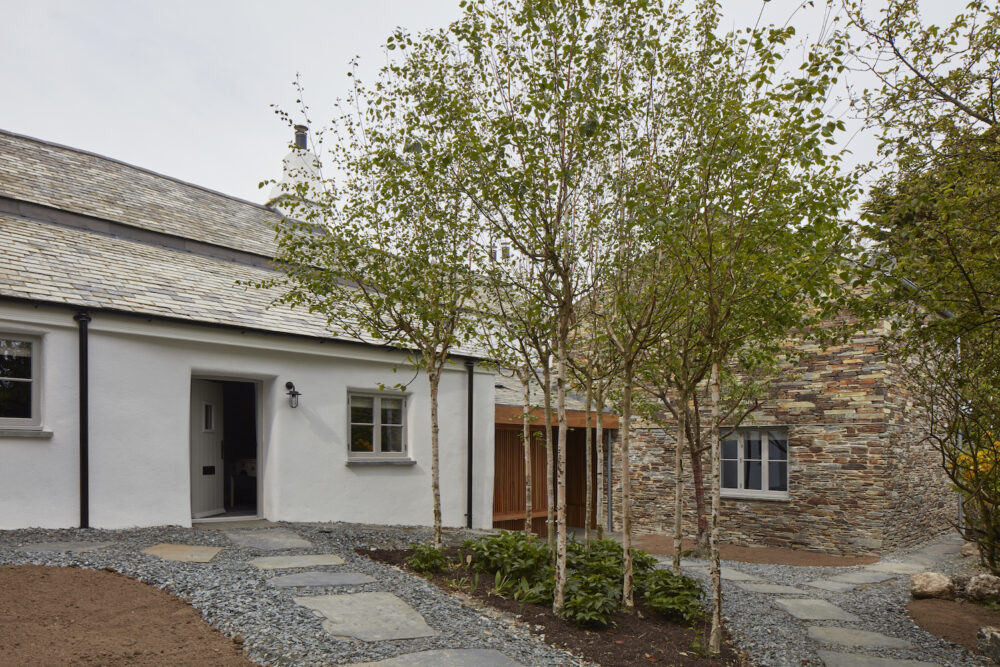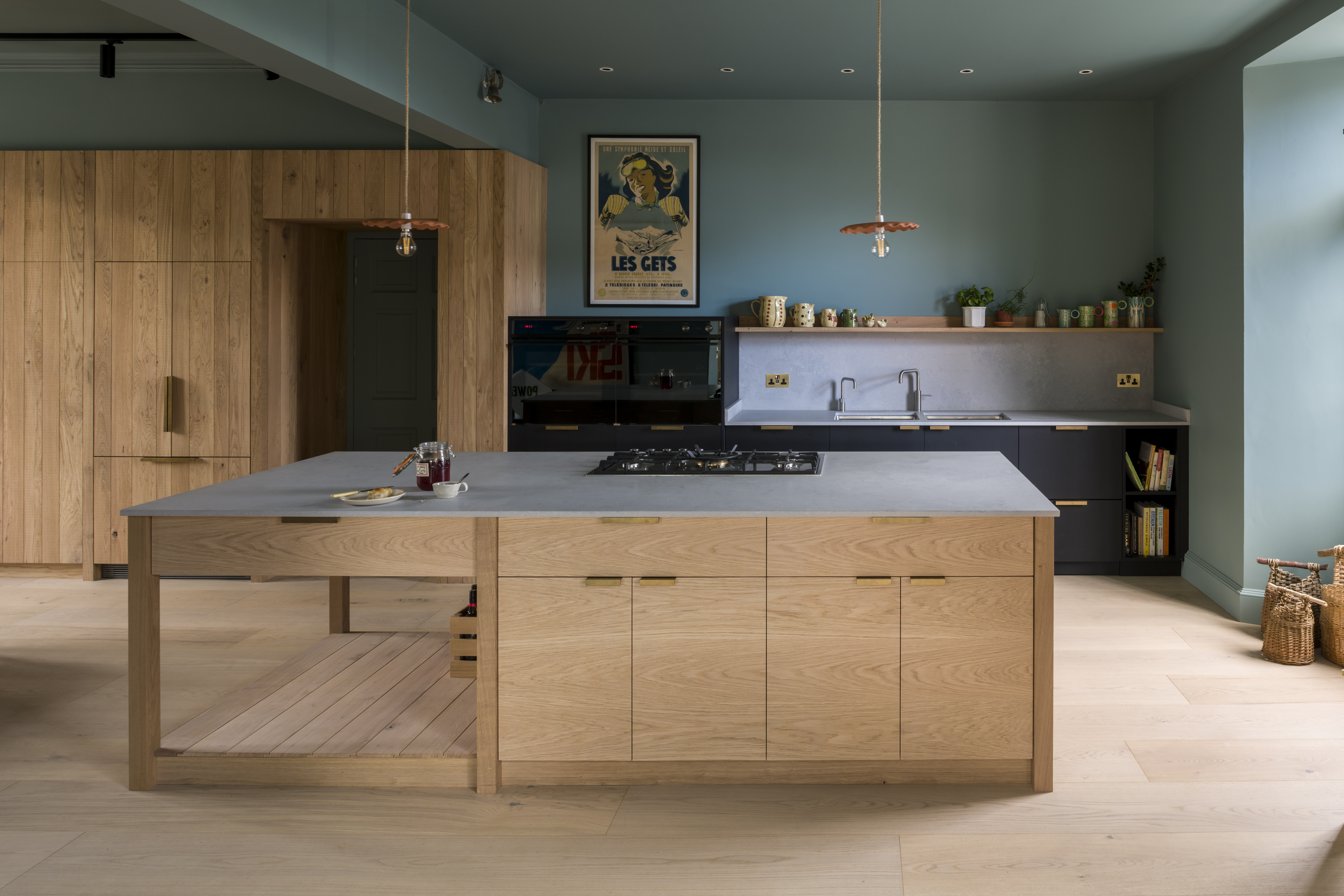Carl Turner
With a goal to help communities thrive, architects and urban designers, Turner Works, take on a vast array of projects. From shipping containers and exhibitions, to work spaces and residential homes, they design places of purpose that foster creativity and enhance the lives of their inhabitants. Aucoot chats to Founding Director, Carl Turner, about his influences, inspirations and the delightful non-conformity of the studio’s work.
There are so many people out there that have inspired me. Herzog & de Meuron are one of the few practices that have moved from small to large scale and maintained an amazing degree of conceptual thinking. They are one of the few larger practices who consistently challenge preconceptions and their focus on materials has been a big influence on the way I approach the use of materials.
Lacaton & Vassal have also left a big impression, with their use of standard components such as greenhouses. At a smaller scale, the early work of David Adjaye – particularly his book Houses – provided hope for a young practice that residential work could both be worthwhile in and of itself and lay the ground for bigger things.
Of course, without a doubt, we are all in part the sum of our influences. I think architectural training is all about absorbing ideas and then applying thinking to problems, creating your own work from all of those subliminal influences. For my part, the architects I admire typically have a minimal approach to form making and work with a limited palette of materials on any given project. My work focuses often on using quite mundane, low-cost materials, but using them at scale and elevating their perceived quality by careful attention to detailing. I’m a magpie, like most designers (although most would never admit it). We borrowed David’s idea of using ant-graffiti paint on one building (he probably nicked it from someone else!) Our polytunnel at Pop Brixton owes a nod to the greenhouses of Lacaton & Vassal, and our atrium street space at Mountview Academy in Peckham pays homage to Tate Modern’s Turbine Hall.
No, mainly as I had no idea that architects even existed as a young person. I was interested in making things, in art and in geography which played out as a passion for ruins, monuments and castles – places like Hadrian’s Wall. I actually wanted to be an archaeologist. An art teacher thought that taking my talents for art into architecture would be a way of persuading my parents to support me at university with a sensible career path. It has become a real issue in the industry that people from ordinary backgrounds, like me, find it increasingly difficult to get a foothold in the industry due to the length of study and costs, or even a lack of awareness of architecture as a possibility.
Our mission statement is to help communities thrive. Put simply, we are more interested in people than buildings. My approach is to think of all buildings, places and spaces as containers or platforms for people, there to serve and enhance peoples’ experiences of life. I would say that we see buildings as background art, meaning that generally speaking buildings should fit into the city or their surrounding environment. Of course some buildings need to be special – just not every one. A minimal aesthetic runs through everything we do but look closely and you will usually spot some needless ornamentation or a quirky detail or two. Recently we seem to be having an outbreak of colour across our projects, perhaps as we become less self-aware and more confident working in public.
Like most architects I enjoy the variety and challenge that working across scales and types brings. Not that I don’t enjoy working with clients but working on our own projects does often allow us to push ideas and challenge conventions beyond a typical commission. I still enjoy working on the occasional house project as it is such a universal building block of architecture. Everyone lives in a house and so has an opinion and can relate to the ideas of home and how we live. I look forward to building another house for myself in future. Apart from building my own Slip House, probably the most enjoyable project has been Mountview Drama Academy in Peckham. Such a great client and team; a massive building acting as a catalyst for regeneration and providing a shop window for performing arts in Peckham for generations of young people. The client took a huge gamble working with a smallish, young practice, but what they got was fresh thinking, passion, enthusiasm and a building that they love. I’d welcome more of those types of projects.
I suppose I do hate conforming. I think architects are actually taught not to conform – probably under the guise of ‘questioning’ or something less confrontational. Mostly I start by thinking about how a space might be used, not what it should look like. I think there’s a tendency for architects to start thinking about what the planners might want, what won’t offend the neighbours, what will encourage the bank to lend you the money. It’s so easy to do that, and I often have to back track away from those tendencies to consider what the essential DNA of the project might be.
I’m in the camp that thinks architecture is a vocation and our mission to help communities thrive runs through everything we do. I became an architect to help people and work for those who need help, not just those who can afford it. So working with developers who have set out to make good design and good housing more accessible seemed like a great fit. The TV shows like Ugly House to Lovely House, as well as being good fun and entertainment are also about demystifying design and what architects do, and we tried really hard with the episodes we were involved with to work to what were very challenging budgets. We are now working on much larger housing schemes and our ambition is to bring the quality and innovation of our one-off houses to mass housing, which is not an easy task. We are nearing completion on ten homes that we have not only designed, but have built as contractors for Croydon Councils’ own development arm Brick x Brick. It’s been a really tough learning curve and a very rocky road.
I guess I have tried to set the tone of what we do as a practice. Architects are rightly focused on design but I’ve tried to steer the conversation away from just how buildings look. In my view any good designer should be able to grasp the basics of scale, massing, composition etc, but to me we need to think much deeper about the why of what we do. It’s too easy for architects to sit back and say they just design the buildings they are commissioned to do. All of our best work has stemmed from the idea of self-initiation, from the scale of an individual house like Slip House, where we not only developed the idea of what a terraced house might be, but thought about a flexible, future-proof building and one that pushed the boundaries of low energy design at the time. We use our own projects as experiments or test beds.
In many respects we are trying to reclaim territories lost by architects over the past decades and put ourselves at the core of projects, determining the briefs and influencing the outcomes, not just dealing with what things look like. It’s very much a people-first mentality.
We take a low-tech, loose fit approach to creating spaces. This approach works really well with incubator or start-up spaces. Most buildings start as diagrams, and we tend to present these early diagrams to local communities as a starting point. Thinking of these spaces as platforms for people, we can then take on board local thinking and ideas, identify local talent and need for space and build this into the emerging proposals. Inevitably as buildings or spaces progress through technical design, this is where things do become more fixed. For instance, the needs of a space for a small work studio versus a commercial kitchen or yoga studio are clearly very different – from basics like power requirements, heating, cooling and fire protection to public access and so forth. This is why we tend to cluster uses together and it does become problematic to shift an area from food production to say a co-work area. Often we adopt a guerrilla approach where we just do something, then seek permission afterwards, otherwise nothing would ever happen.
Markets and festivals have been a big influence on our thinking. Living in places like Brixton, and now the East End of London, seeing the transformation of streets like Columbia Road or Broadway Market continue to inspire. The flower market is a Sunday morning institution and seeing the various modes of transport by which people leave with giant plants protruding from bicycles, scooters and buses is hilarious.
This has inspired our thinking about active public spaces (rather than passive space) where people are encouraged to take temporary ownership of public space for events or enjoyment, from skateboarding to market stalls or protesting. Buildings like Tate Modern that bring public space into their bowels are a continuation of this thinking.
Social media and other online platforms have made it much easier in many ways to start up a new practice, but then again there’s a lot of competition out there and a lot of talent. I believe in The One Thing approach (a book by Gary Keller and Jay Papasan) which is basically the idea of specialising or being an expert in one thing, or put another way, owning a niche. Architects generally don’t tend to like the idea of specialising – usually preferring to be generalists – but we have found by specialising in Meanwhile projects that many doors have opened up to us across many varied sectors. We now think of this as an approach rather than a typology. So my advice would be to find a gap in the market, figure out what those clients need and how to best serve them, and given time this pinpoint approach will create inward bound clients seeking out your unique talents. These are exciting times for the profession though – with huge changes come huge opportunities.

